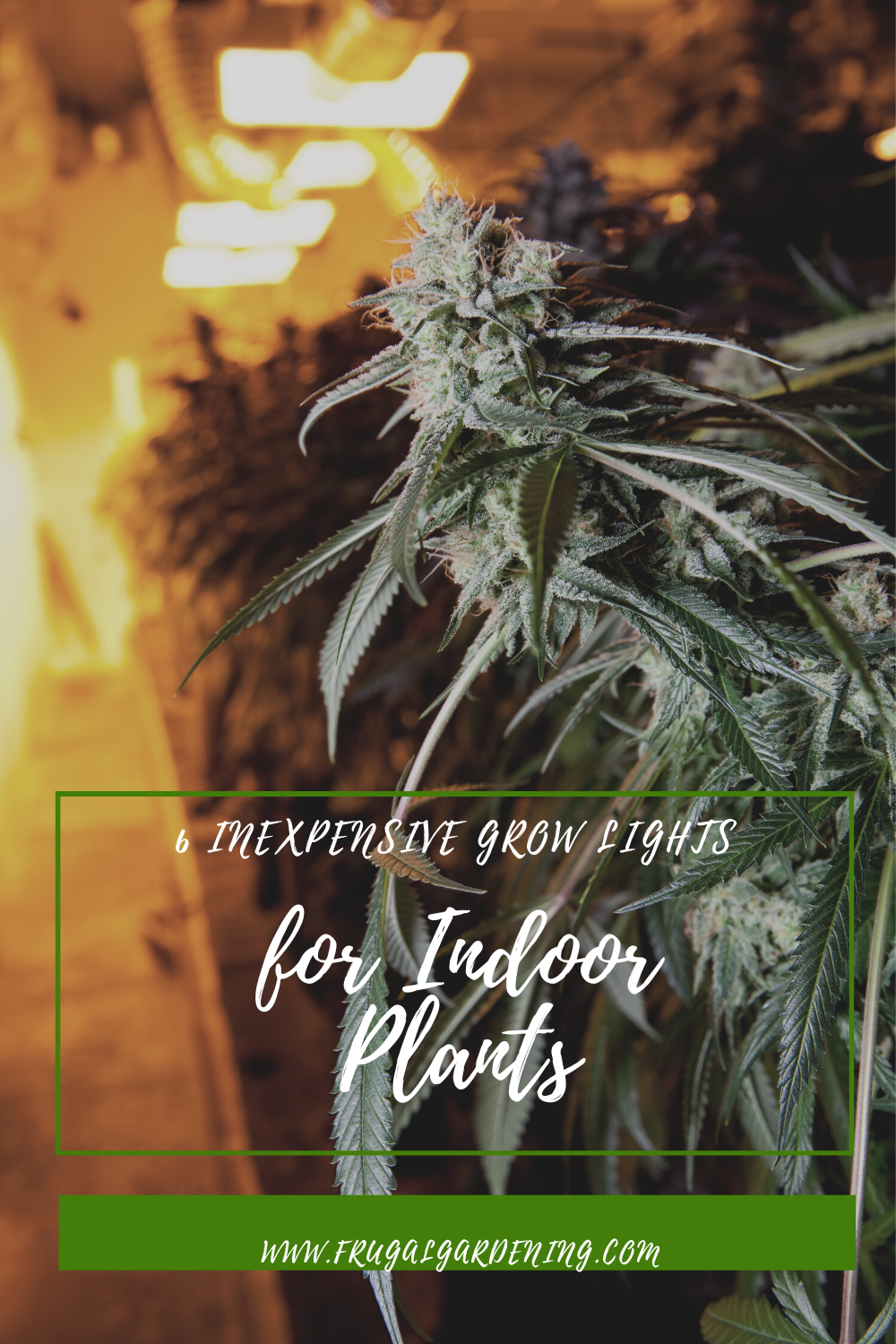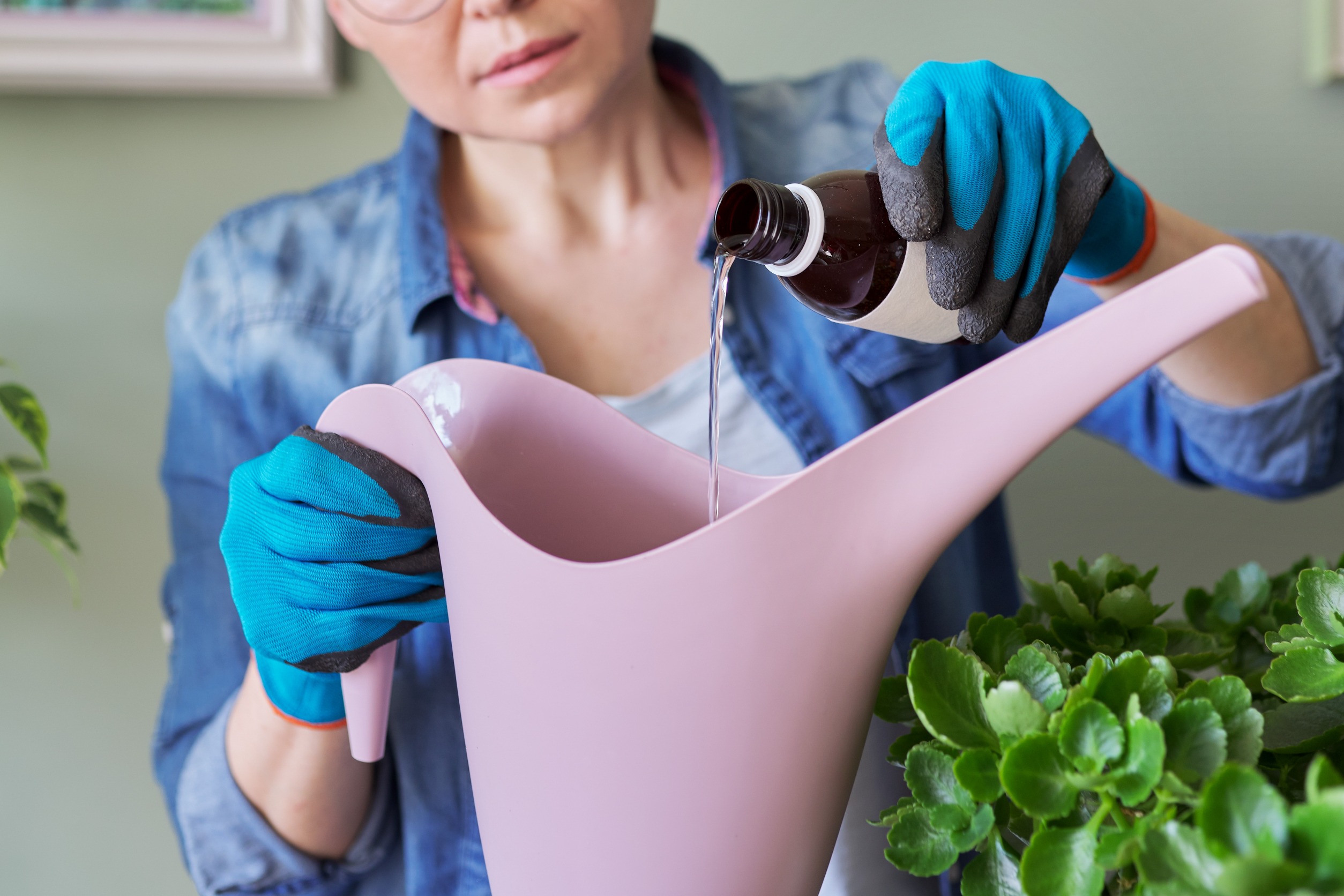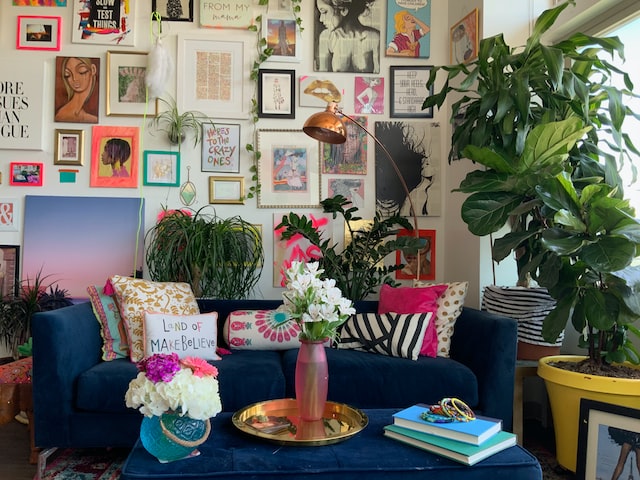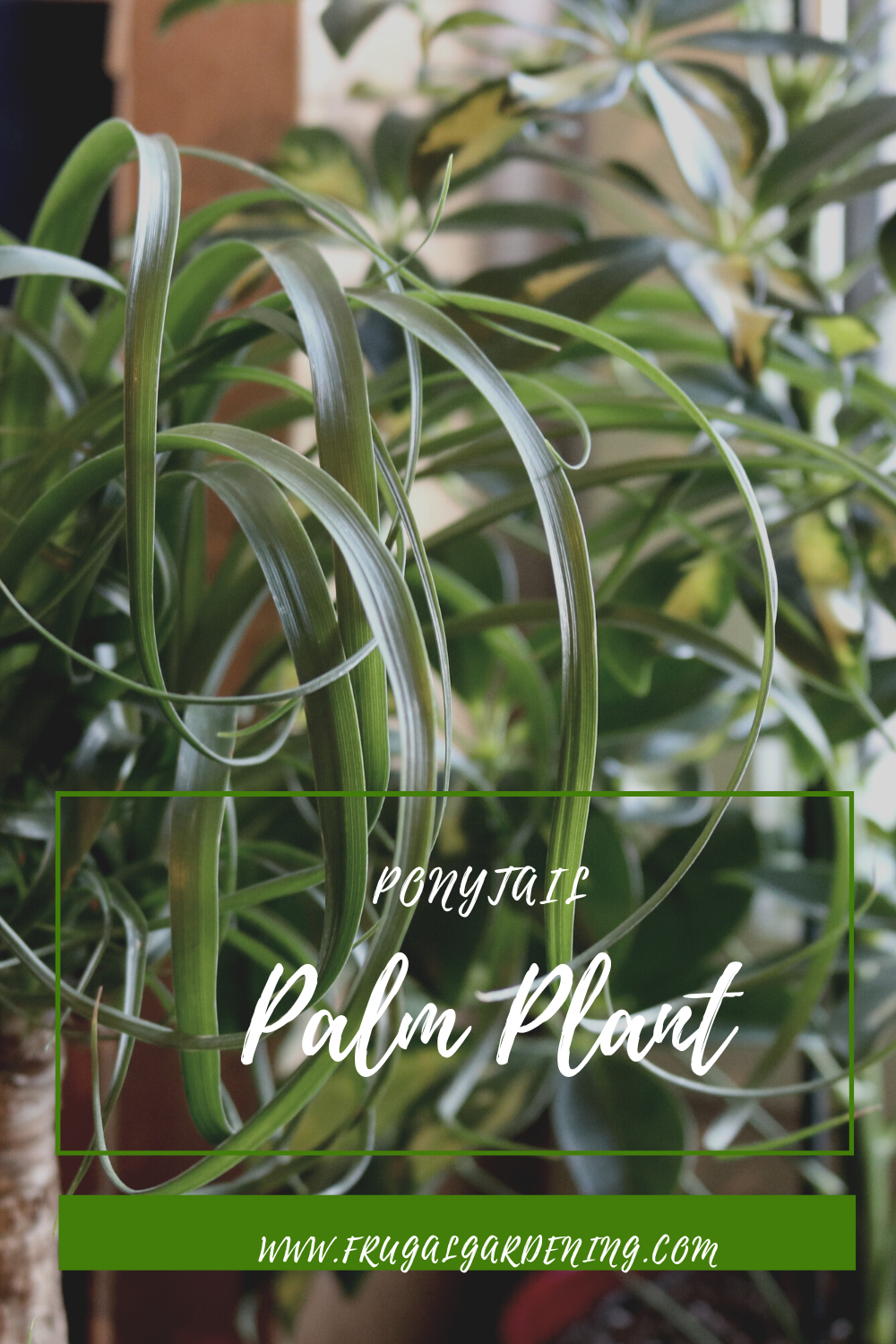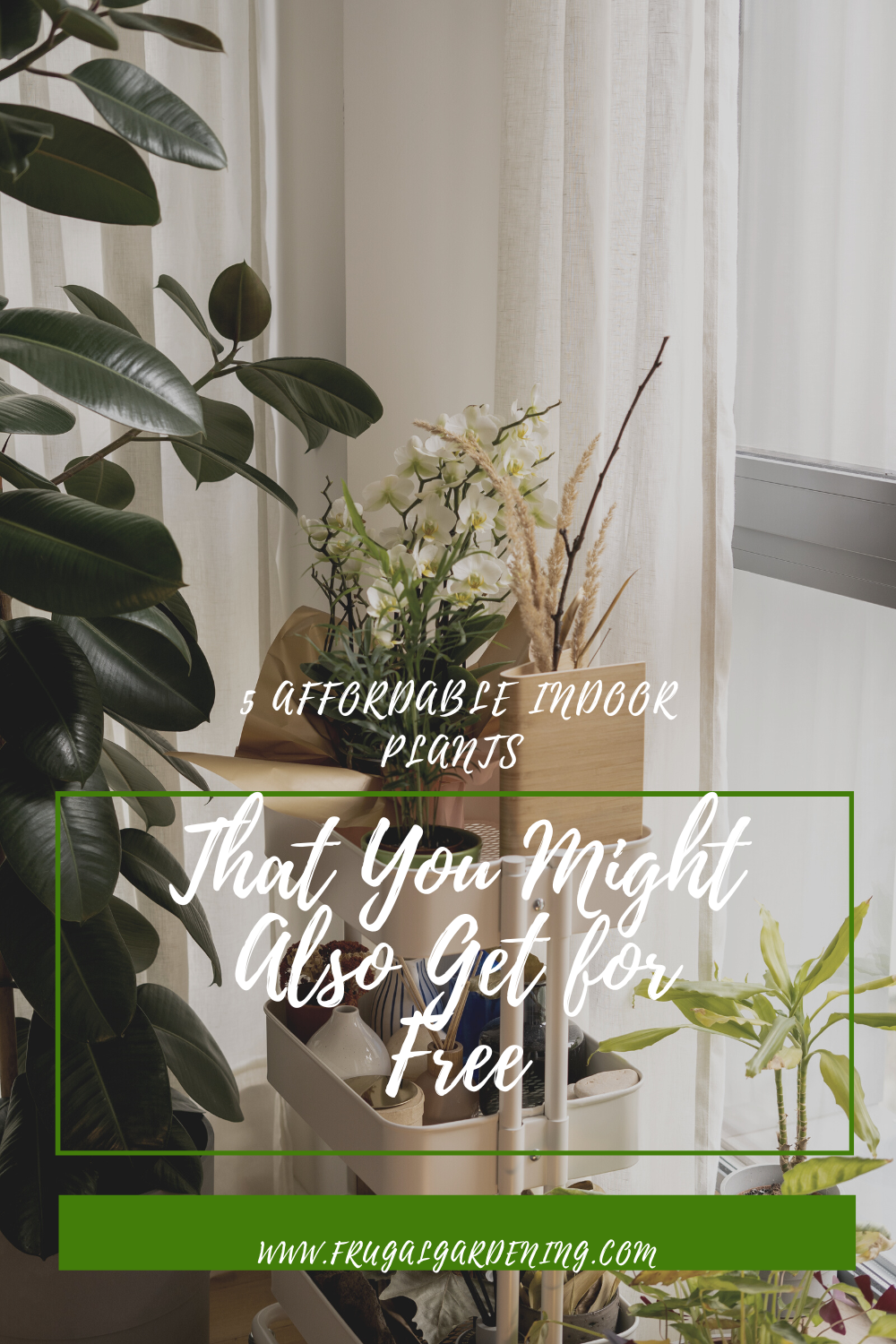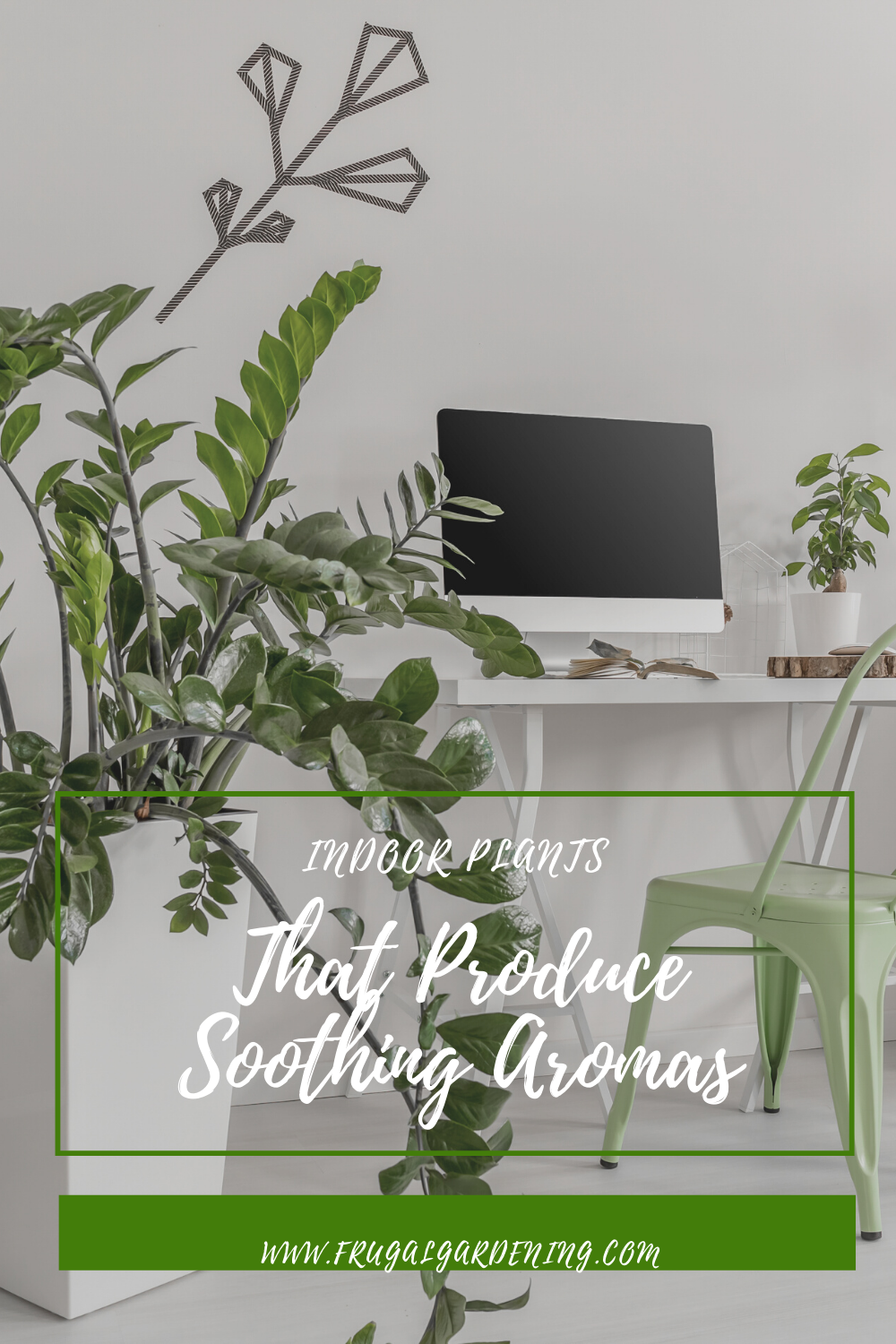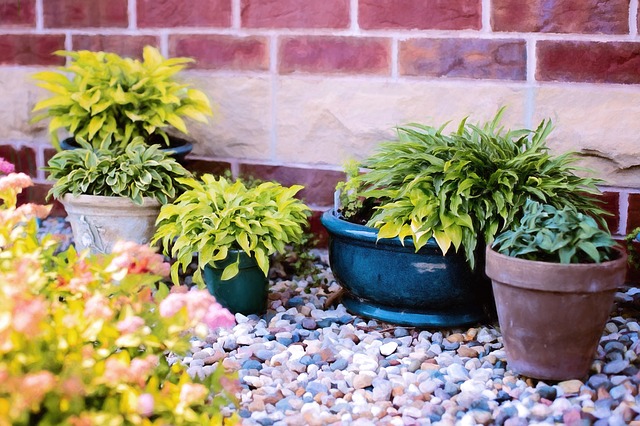10 Perfect Plants to Gift to Green Thumb Novices
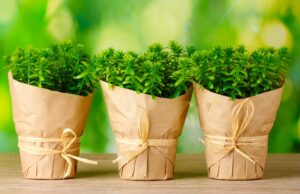
Gifting plants to someone just beginning their journey into gardening can be a thoughtful way to encourage their newfound interest. However, the key is choosing plants that are not only beautiful but also resilient and easy to care for. Here, we’ll explore ten perfect plant gifts that are ideal for green thumb novices, ensuring they have a positive and encouraging start to their gardening endeavors.
1. Snake Plant (Sansevieria)
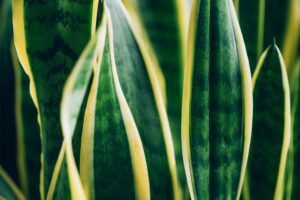
When it comes to plant gifts, the Snake Plant, with its striking, upright leaves and resilient nature, is a fantastic choice for beginners. It thrives on neglect, requiring minimal water and surviving well in low-light conditions, making it perfect for those who might not yet have a routine for plant care. Its air-purifying qualities also add a healthy bonus, improving indoor air quality by removing toxins.
2. Spider Plant (Chlorophytum comosum)
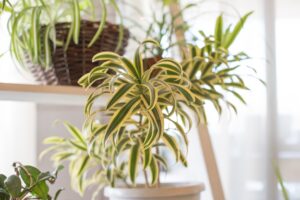
Spider Plants are known for their adaptability and ease of care, making them an excellent gift for novices. They can grow in a variety of lighting conditions and require only moderate watering. Their ability to produce numerous “pups” offers a rewarding experience for a beginner, as they can witness the growth and propagation of their plant first-hand.
3. Pothos (Epipremnum aureum)
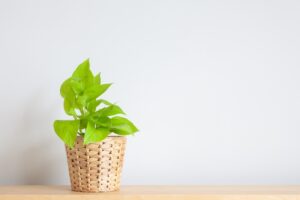
Pothos – appreciated for its standout heart-shaped leaves and intriguing, trailing vines – is not only visually appealing but also incredibly forgiving. It can thrive in low light and needs only occasional watering, making it hard to kill. Its rapid growth gives a rewarding sense of achievement, perfect for boosting the confidence of a novice gardener.
4. Peace Lily (Spathiphyllum)
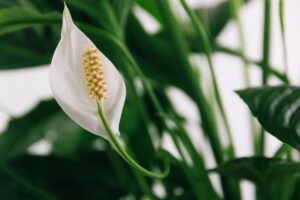
The Peace Lily is a beautiful, low-maintenance plant that blooms stunning white flowers, bringing elegance to any space. It’s tolerant of low light, and its watering needs are simple – it visibly droops when thirsty, taking the guesswork out of watering. This responsiveness makes it an interactive plant for a beginner.
5. ZZ Plant (Zamioculcas zamiifolia)
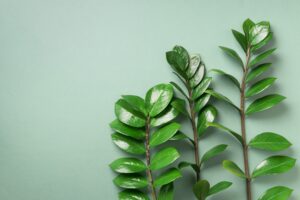
The ZZ Plant is known for its drought tolerance and ability to survive in low-light conditions, making it nearly indestructible. Its glossy, oval-shaped leaves add a touch of sophistication to any room. It’s one of the ideal plant gifts for beginners who might not have a consistent watering schedule yet.
6. Aloe Vera (Aloe barbadensis miller)
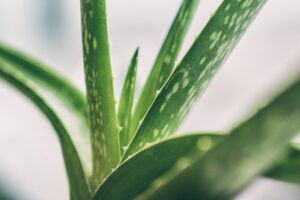
Aloe Vera is not just simple to care for but also offers practical benefits. It requires minimal watering and thrives in indirect light as long as it’s suitably bright. The gel from aloe vera leaves can be used to soothe minor burns and skin irritations, making it a plant that’s both decorative and useful for novice gardeners.
7. Jade Plant (Crassula ovata)
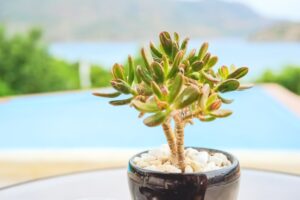
The Jade Plant is a succulent that’s ideal for those new to plant care, thanks to its low water requirements and preference for bright light. Its thick, glossy leaves store water, allowing it to withstand periods of neglect. The Jade Plant can also live for many years, growing alongside its caretaker.
8. Rubber Plant (Ficus elastica)
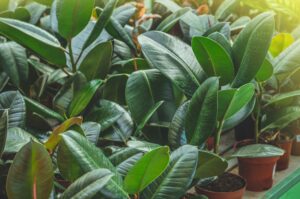
The Rubber Plant is a robust plant that can add a touch of the tropics to any interior. It has large, attractive leaves and is relatively easy to care for, needing only moderate light and occasional watering. Its ability to grow tall makes it an excellent statement plant for beginners looking to make an impact.
9. English Ivy (Hedera helix)
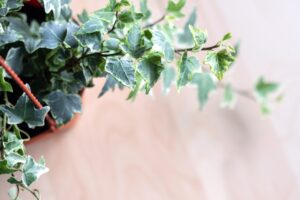
English Ivy is a versatile plant that can thrive indoors with moderate exposure to sunlight and regular watering. Its trailing vines can add a beautiful, cascading element to shelves or hanging baskets, providing instant gratification to a novice gardener. It’s also known for its air-purifying properties, making it a healthy addition to the home.
10. Boston Fern (Nephrolepis exaltata)
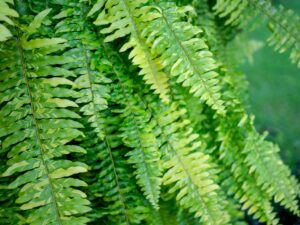
The Boston Fern is a lush, evergreen plant that adds a vibrant touch of greenery to any space. It prefers humid conditions and indirect light, making it perfect for a bathroom or kitchen. Regular misting and watering will keep it thriving, introducing novices to a simple plant care routine.
Why These Are the Perfect Plant Gifts for Green Thumb Novices
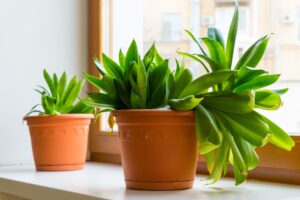
Gifting plants to someone new to gardening is a fantastic way to support their interest in a healthy, nurturing hobby. By choosing plants that are forgiving and easy to care for, you help ensure their experience is positive and fulfilling. Each of these ten plant gifts offers something unique, from air purification to medicinal benefits, making them perfect for green thumb novices eager to embark on their gardening journey.
